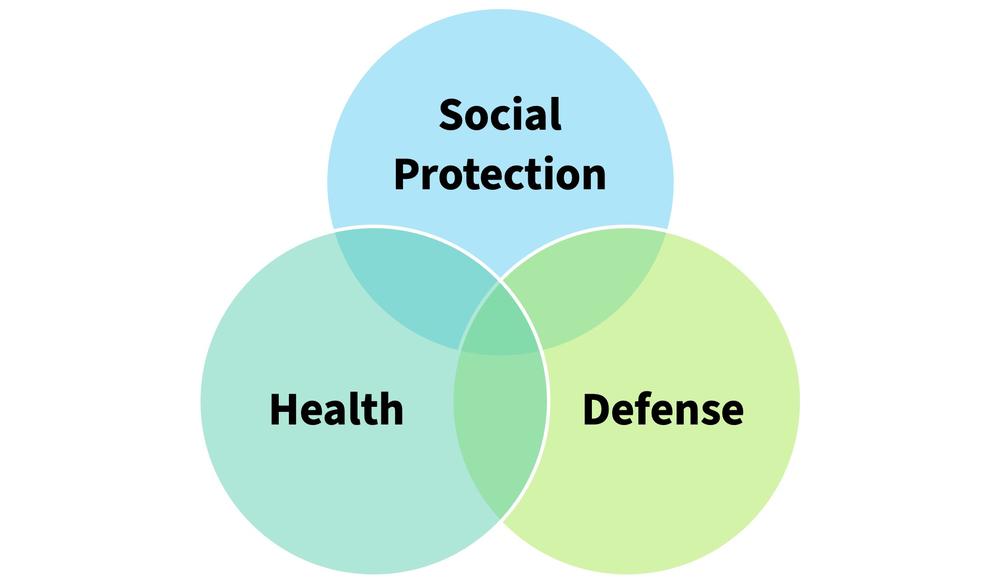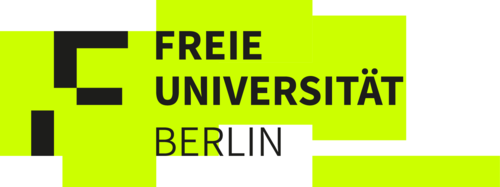Events & News
Varieties of Procurement Regimes: How Do States Procure Strategically and to What Effect?
OECD countries spend almost 15% of their GDP on public procurement and 28% of government expenditure is used to acquire goods, services and labor (OECD, 2021). Procurement is therefore a powerful policy instruments, and states increasingly use public procurement to reach social, environmental and innovation goals. Examples include low carbon emission vehicles for the army to push climate change, jobs for minorities for municipal care facilities to address social inequalities or technology partnerships between hospitals and industry to innovate in the field of medical equipment. When integrating criteria that go beyond the competitive price model the state uses its purchasing power to intervene in and regulate markets. This implies a shift in the relation between state and market and raises questions about states’ priorities, policy coherence and the winners and losers of this policy change. We ask how, when and with what effect do states procure strategically.
Working in a dual leadership team with two doctoral and two postdoc students, our three aims are first, to address the question of what strategic public procurement is and how it is co-constituted with a regulatory regime that allows for policy integration. Second, we conceptualize ideal types and varieties of strategic procurement regimes and how they develop over time and across different sectors. Third, we study the interrelated effects of strategic goals and procurement regimes and theorize them in terms of politics and power relations. Methodologically, we intend to build the first academic database on public procurement to develop procurement indicators that capture varieties of regimes and to apply systematic comparative analysis. We combine in-depth policy analysis of six primary cases from three sectors (health, defense, social protection) in two countries (Germany and Israel) and compare them with twelve secondary cases from other countries. We expect the results to provide a comparative empirical and theoretical account of strategic procurement regimes and to advance political and policy-centered theory while at the same time integrating strategic procurement into a wider understanding of public policy and the transformation of the state.





